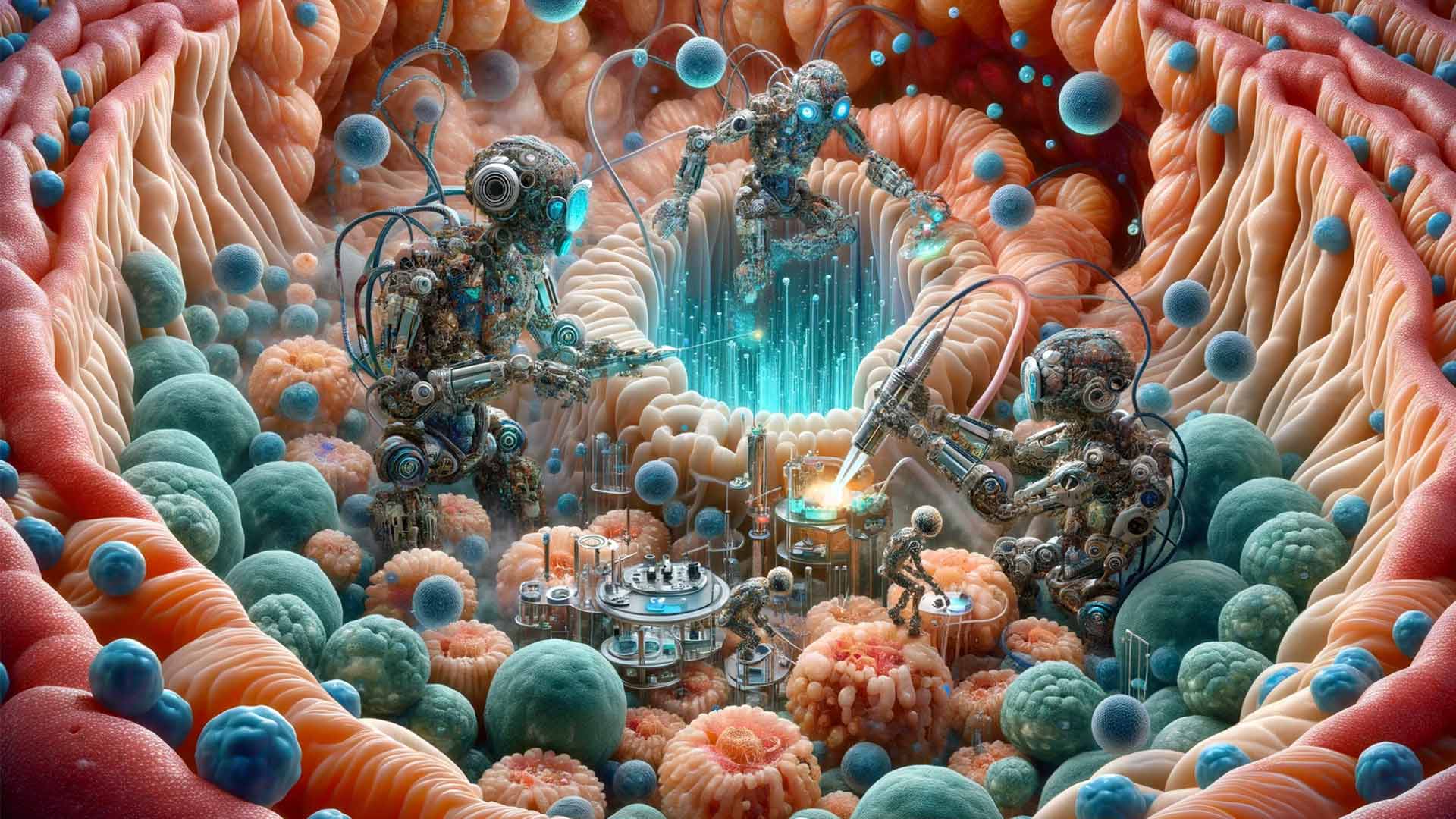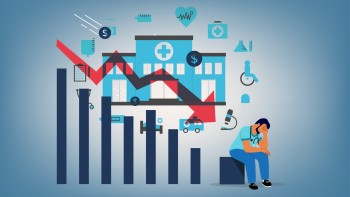The field of medicine is constantly evolving, with breakthroughs in technology driving innovation. One such innovation that holds immense promise for the future of medicine is the development and application of biobots. Biobots are a remarkable fusion of biology and robotics, offering unprecedented opportunities to transform healthcare and improve patient outcomes. This article will delve into the world of biobots, their potential applications, and how they are poised to revolutionize the future of medicine.
What Are Biobots?
Biobots, short for biological robots, are a class of hybrid devices that combine biological components with robotic systems. They are often created using living cells, tissues, or organisms integrated into artificial structures, such as microfluidic devices or robotic platforms. The primary aim of biobots is to harness the biological capabilities of living organisms while providing control and automation through robotics.
The Building Blocks of Biobots
To create biobots, researchers utilize a variety of biological components, including:
- Cells: Biobots often employ living cells, such as muscle cells or neurons, to perform specific functions. These cells can be engineered to respond to external stimuli or signals.
- Tissues: Some biobots use tissue constructs, which are collections of cells organized into functional units. Tissues provide more complex and integrated capabilities.
- Microorganisms: Bacteria or other microorganisms are utilized for their metabolic processes, enabling biobots to carry out tasks like sensing toxins or producing therapeutic compounds.
- Biomaterials: Scaffolds and materials derived from natural sources, like collagen or silk, provide structural support and compatibility with biological components.
Applications of Biobots in Medicine
The integration of biology and robotics in biobots has opened up a wide range of applications in the field of medicine:
- Drug Delivery: Biobots equipped with drug-carrying payloads can navigate the bloodstream, target specific cells or tissues, and release therapeutic agents precisely where needed. This targeted drug delivery minimizes side effects and enhances treatment efficacy.
- Surgery Assistance: Biobots can be designed to assist surgeons during intricate procedures, providing stability and precision. They can also access hard-to-reach areas within the body, reducing the invasiveness of surgery.
- Disease Monitoring: Biobots can be engineered to sense biomarkers associated with diseases, making them valuable tools for continuous health monitoring. They offer real-time data that can aid in the early detection and management of various medical conditions.
- Tissue Regeneration: Biobots can be used to repair damaged tissues or organs by delivering cells to the site of injury. This has the potential to revolutionize regenerative medicine, offering hope for patients awaiting organ transplants.
- Targeted Therapy: Biobots can actively seek out and destroy cancer cells, offering a promising avenue for cancer treatment. Their ability to differentiate between healthy and diseased cells reduces collateral damage to healthy tissue.
Challenges and Ethical Considerations
Despite their immense potential, biobots face several challenges and ethical considerations:
- Safety: Ensuring the safety of biobots within the human body is paramount. Researchers must address concerns regarding immune responses, potential toxicity, and the risk of unintended consequences.
- Ethical Use: The use of biobots raises ethical questions about consent, privacy, and the potential for misuse. Robust ethical guidelines and regulations are needed to govern their deployment.
- Environmental Impact: The release of biobots into the environment could have unforeseen ecological consequences, warranting careful consideration and risk assessment.
Conclusion
Biobots represent a fascinating convergence of biology and robotics with the potential to transform the landscape of medicine. Their applications span from targeted drug delivery to tissue regeneration and disease monitoring, offering new hope for patients and healthcare providers. However, as with any groundbreaking technology, it is essential to approach the development and use of biobots with careful consideration of safety, ethics, and environmental impact. With continued research and responsible implementation, biobots are poised to play a vital role in the future of medicine, ushering in an era of improved healthcare and better patient outcomes.












Recent comments
Latest Comments section by users